Jiafeng Xia
FedCIA: Federated Collaborative Information Aggregation for Privacy-Preserving Recommendation
Apr 19, 2025Abstract:Recommendation algorithms rely on user historical interactions to deliver personalized suggestions, which raises significant privacy concerns. Federated recommendation algorithms tackle this issue by combining local model training with server-side model aggregation, where most existing algorithms use a uniform weighted summation to aggregate item embeddings from different client models. This approach has three major limitations: 1) information loss during aggregation, 2) failure to retain personalized local features, and 3) incompatibility with parameter-free recommendation algorithms. To address these limitations, we first review the development of recommendation algorithms and recognize that their core function is to share collaborative information, specifically the global relationship between users and items. With this understanding, we propose a novel aggregation paradigm named collaborative information aggregation, which focuses on sharing collaborative information rather than item parameters. Based on this new paradigm, we introduce the federated collaborative information aggregation (FedCIA) method for privacy-preserving recommendation. This method requires each client to upload item similarity matrices for aggregation, which allows clients to align their local models without constraining embeddings to a unified vector space. As a result, it mitigates information loss caused by direct summation, preserves the personalized embedding distributions of individual clients, and supports the aggregation of parameter-free models. Theoretical analysis and experimental results on real-world datasets demonstrate the superior performance of FedCIA compared with the state-of-the-art federated recommendation algorithms. Code is available at https://github.com/Mingzhe-Han/FedCIA.
Oracle-guided Dynamic User Preference Modeling for Sequential Recommendation
Dec 01, 2024



Abstract:Sequential recommendation methods can capture dynamic user preferences from user historical interactions to achieve better performance. However, most existing methods only use past information extracted from user historical interactions to train the models, leading to the deviations of user preference modeling. Besides past information, future information is also available during training, which contains the ``oracle'' user preferences in the future and will be beneficial to model dynamic user preferences. Therefore, we propose an oracle-guided dynamic user preference modeling method for sequential recommendation (Oracle4Rec), which leverages future information to guide model training on past information, aiming to learn ``forward-looking'' models. Specifically, Oracle4Rec first extracts past and future information through two separate encoders, then learns a forward-looking model through an oracle-guiding module which minimizes the discrepancy between past and future information. We also tailor a two-phase model training strategy to make the guiding more effective. Extensive experiments demonstrate that Oracle4Rec is superior to state-of-the-art sequential methods. Further experiments show that Oracle4Rec can be leveraged as a generic module in other sequential recommendation methods to improve their performance with a considerable margin.
GraphTransfer: A Generic Feature Fusion Framework for Collaborative Filtering
Aug 11, 2024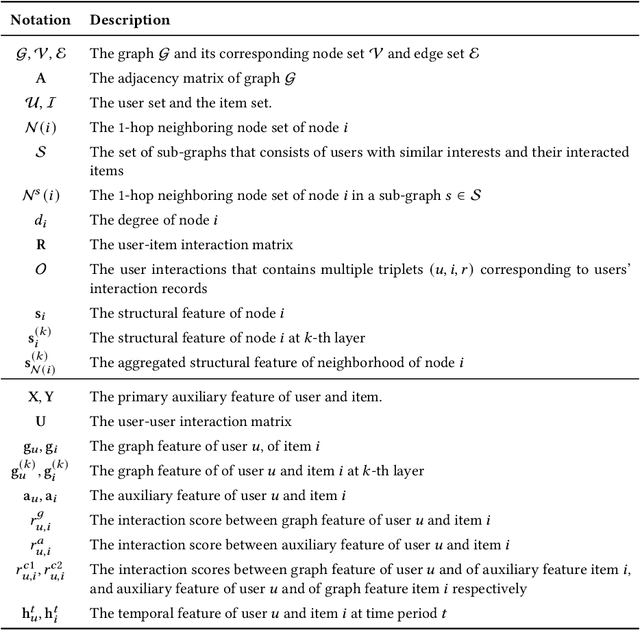
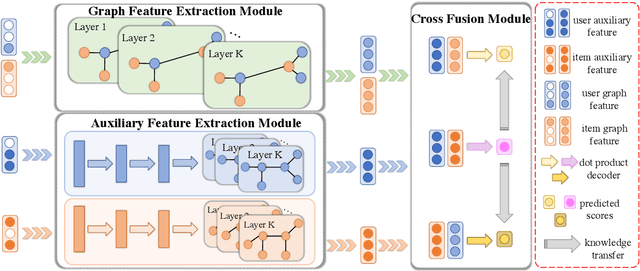
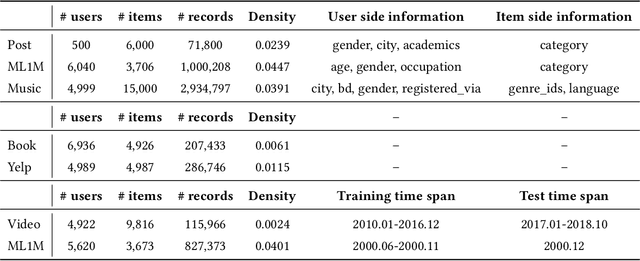
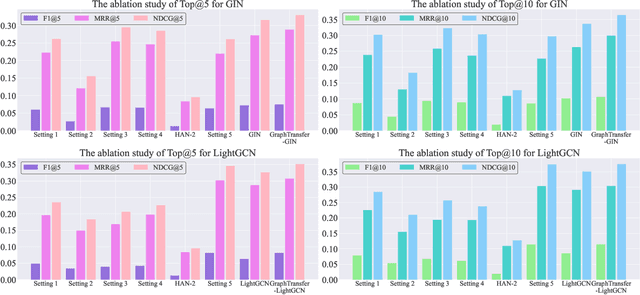
Abstract:Graph Neural Networks (GNNs) have demonstrated effectiveness in collaborative filtering tasks due to their ability to extract powerful structural features. However, combining the graph features extracted from user-item interactions and auxiliary features extracted from user genres and item properties remains a challenge. Currently available fusion methods face two major issues: 1) simple methods such as concatenation and summation are generic, but not accurate in capturing feature relationships; 2) task-specific methods like attention mechanisms and meta paths may not be suitable for general feature fusion. To address these challenges, we present GraphTransfer, a simple but universal feature fusion framework for GNN-based collaborative filtering. Our method accurately fuses different types of features by first extracting graph features from the user-item interaction graph and auxiliary features from users and items using GCN. The proposed cross fusion module then effectively bridges the semantic gaps between the interaction scores of different features. Theoretical analysis and experiments on public datasets show that GraphTransfer outperforms other feature fusion methods in CF tasks. Additionally, we demonstrate the universality of our framework via empirical studies in three other scenarios, showing that GraphTransfer leads to significant improvements in the performance of CF algorithms.
Frequency-aware Graph Signal Processing for Collaborative Filtering
Feb 13, 2024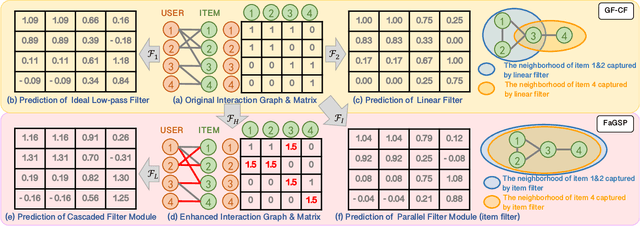

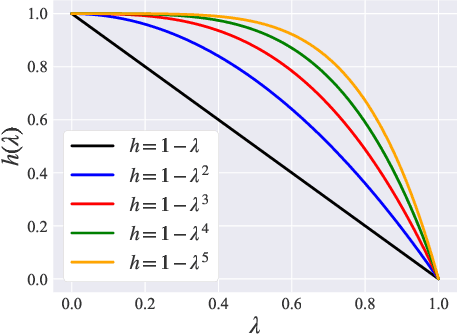
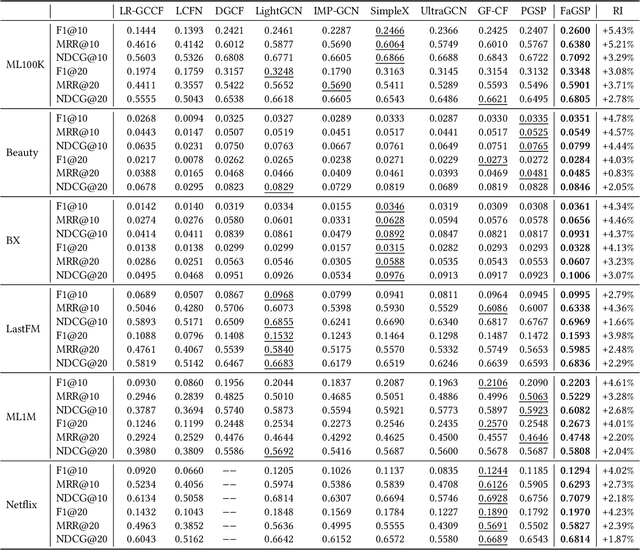
Abstract:Graph Signal Processing (GSP) based recommendation algorithms have recently attracted lots of attention due to its high efficiency. However, these methods failed to consider the importance of various interactions that reflect unique user/item characteristics and failed to utilize user and item high-order neighborhood information to model user preference, thus leading to sub-optimal performance. To address the above issues, we propose a frequency-aware graph signal processing method (FaGSP) for collaborative filtering. Firstly, we design a Cascaded Filter Module, consisting of an ideal high-pass filter and an ideal low-pass filter that work in a successive manner, to capture both unique and common user/item characteristics to more accurately model user preference. Then, we devise a Parallel Filter Module, consisting of two low-pass filters that can easily capture the hierarchy of neighborhood, to fully utilize high-order neighborhood information of users/items for more accurate user preference modeling. Finally, we combine these two modules via a linear model to further improve recommendation accuracy. Extensive experiments on six public datasets demonstrate the superiority of our method from the perspectives of prediction accuracy and training efficiency compared with state-of-the-art GCN-based recommendation methods and GSP-based recommendation methods.
 Add to Chrome
Add to Chrome Add to Firefox
Add to Firefox Add to Edge
Add to Edge